Siraitia grosvenorii
Siraitia grosvenorii
1. The products in our compound library are selected from thousands of unique natural products; 2. It has the characteristics of diverse structure, diverse sources and wide coverage of activities; 3. Provide information on the activity of products from major journals, patents and research reports around the world, providing theoretical direction and research basis for further research and screening; 4. Free combination according to the type, source, target and disease of natural product; 5. The compound powder is placed in a covered tube and then discharged into a 10 x 10 cryostat; 6. Transport in ice pack or dry ice pack. Please store it at -20 °C as soon as possible after receiving the product, and use it as soon as possible after opening.
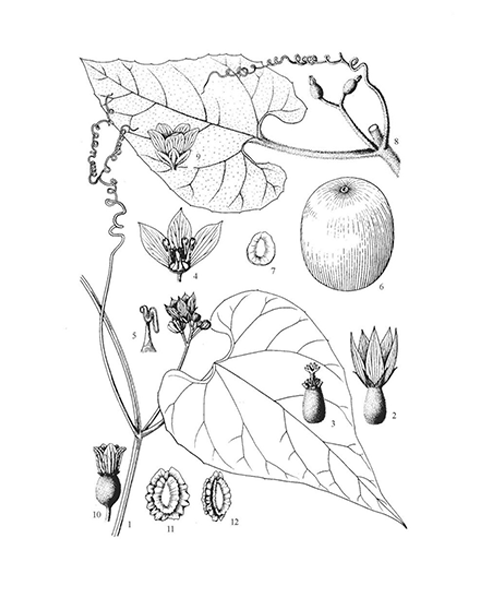
Natural products/compounds from Siraitia grosvenorii
- Cat.No. Product Name CAS Number COA
-
BCN5890
Succinic acid110-15-6
Instructions
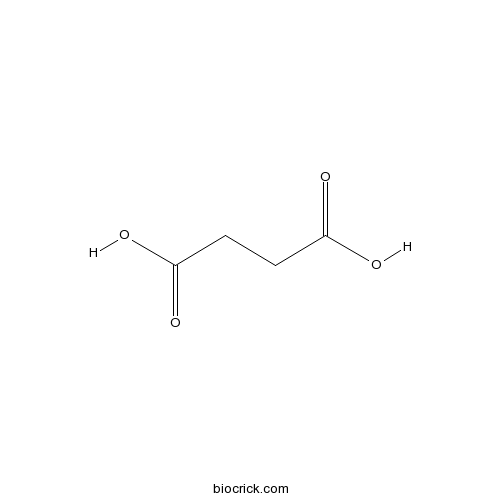
-
BCN5948
Ferulic acid1135-24-6
Instructions
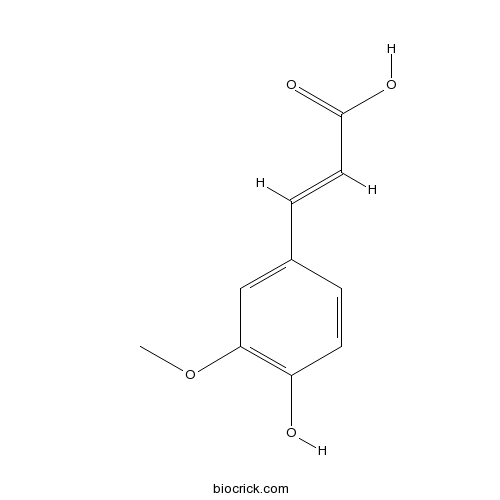
-
BCN2509
11-Oxo-mogroside V126105-11-1
Instructions

-
BCN3167
Mogroside III130567-83-8
Instructions
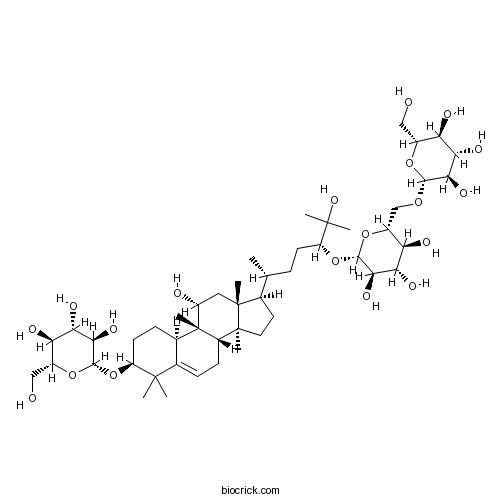
-
BCN1262
Grosvenorin156980-60-8
Instructions
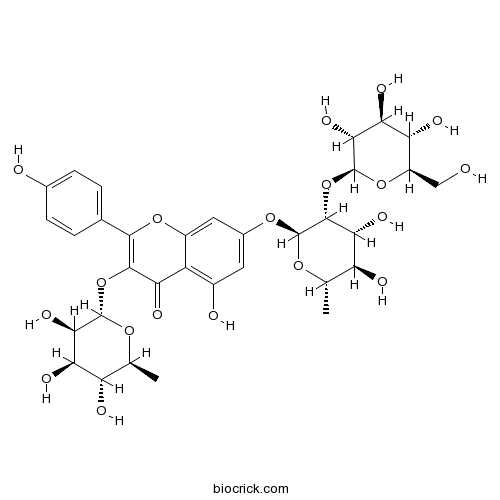
-
BCN5572
Kaempferitrin482-38-2
Instructions

-
BCN5653
Kaempferol520-18-3
Instructions
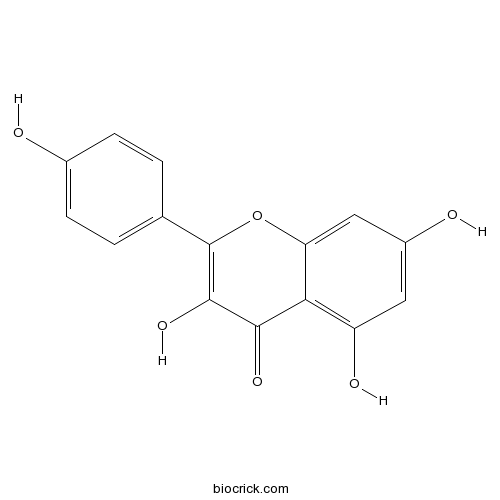
-
BCN5687
Magnolol528-43-8
Instructions

-
BCN2205
D-Mannitol69-65-8
Instructions

-
BCN1036
Mogroside V88901-36-4
Instructions

-
BCN7924
Mogroside IIIe88901-37-5
Instructions
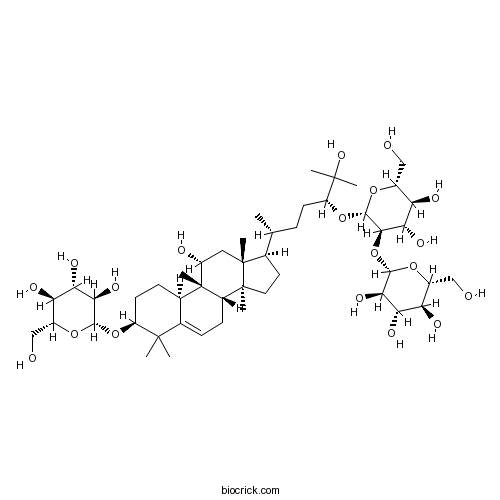
-
BCN3165
Mogroside IVa88901-41-1
Instructions

-
BCN3170
Mogroside III-A188901-42-2
Instructions

-
BCN3180
Mogroside II-A288901-45-5
Instructions

-
BCN2532
Mogroside IV89590-95-4
Instructions

Improved de novo genome assembly and analysis of the Chinese cucurbit Siraitia grosvenorii, also known as monk fruit or luo-han-guo.[Pubmed: 29893829]
Luo-han-guo (Siraitia grosvenorii), also called monk fruit, is a member of the Cucurbitaceae family. Monk fruit has become an important area for research because of the pharmacological and economic potential of its noncaloric, extremely sweet components (mogrosides). It is also commonly used in traditional Chinese medicine for the treatment of lung congestion, sore throat, and constipation. Recently, a single reference genome became available for monk fruit, assembled from 36.9x genome coverage reads via Illumina sequencing platforms. This genome assembly has a relatively short (34.2 kb) contig N50 length and lacks integrated annotations. These drawbacks make it difficult to use as a reference in assembling transcriptomes and discovering novel functional genes.
Quantitative determination of mogroside V in rat plasma by LC-MS/MS and its application to a pharmacokinetic study.[Pubmed: 29716867]
Mogroside V is the most abundant (approximately 0.50%) cucurbitane-type triterpene glycoside in Siraitia grosvenorii and exhibits significant antitussive, expectorant, anti-carcinogenic, and anti-inflammatory effects. A sensitive, robust and selective liquid chromatography tandem with mass spectrometry (LC-MS/MS) was developed and validated for the determination and pharmacokinetic investigation of mogroside V in rat plasma. Samples were prepared through an one-step deproteinization procedure with 250 µL of methanol to a 75-µL plasma sample. Plasma samples were effectively separated on a Shiseido Capcell Pak UG120 C18 column (2.0 × 50mm, 3.0µm) using a mobile phase consisting of methanol: water (60:40, v/v) with an isocratic elution program. The running time for each sample was 7.0 min and the elution times of mogroside V and IS were 2.0 and 4.8 min, respectively. The detection relied on a triple-quadrupole tandem with mass spectrometer equipped with negative-ion electrospray ionization interface by selected-reaction monitoring (SRM) of the transitions at m/z 1285.6 → 1123.7 for mogroside V and m/z 1089.6 → 649.6 for IS. The calibration curve was linear over the range of 96.0-96000ng/mL with a limit of quantitation (LOQ) of 96.0ng/mL. Intra-day and inter-day precisions were both <10.1%. Mean recovery and matrix effect of mogroside V in plasma were in the range of 91.3-95.7% and 98.2-105.0%, respectively. This method was successfully applied in the pharmacokinetic study of mogroside V after intravenous or intraperitoneal administration of 1.12mg/kg mogroside V in rats.
The metabolism of a natural product mogroside V, in healthy and type 2 diabetic rats.[Pubmed: 29428672]
Mogroside V, a natural compound isolated from the fruits of Siraitia grosvenorii (Swingle), is a promising candidate for anti-diabetic activity. The present study aims to develop a simple and practical strategy for comparing the in vivo metabolite profiling of mogroside V in healthy and type 2 diabetic (T2D) model rats. In this paper, a highly sensitive and rapid ultra-performance liquid chromatography/quadrupole time-of-flight mass spectrometry (UPLC-Q-TOF/MS) with MetaboLynx™ software combined with mass defect filtering (MDF) method was established and successfully applied to detect and identify the metabolites in plasma, urine, bile and feces samples of healthy and model rats administrated with mogroside V. The distribution of metabolites in plasma, bile, urine and feces of healthy and model rats had obvious differences. A total of 23 metabolites were observed in healthy rats while 26 metabolites were detected in model rats. The results indicated that dehydrogenation, deoxidation, oxidation and isomerization were the major metabolic transformations of mogroside V. Additionally, it was noticed that the peak areas of metabolites in T2D rat plasma samples were much larger than those of metabolites in healthy rat plasma sample, whereas in T2D rat urine samples they were remarkably smaller compared with healthy rat urine sample. These high blood concentrations of metabolites might be beneficial for the treatment of T2D. The results of this study are valuable and important in understanding the metabolic process and therapeutic mechanism of mogroside V.
[Study of heterologous efficient synthesis of cucurbitadienol].[Pubmed: 29192442]
Cucurbitadienol has anti-inflammation, anti-cancer activities, and acts as a precursor of traditional Chinese medicine active ingredients mogroside and cucurbitacine. For construction of a Sacchromyces cerevisiae cell factory for production of cucurbitadienol, we firstly cloned a cucurbitadienol synthase (CBS) gene from Siraitia grosvenorii. Then, through heterologous expression of CBS in the triterpenoid chassis strain WD-2091, the engineered strain could produced 27.44 mg•L ⁻¹ cucurbitadienol, which was determined by GC-MS. Further regulation of CBS expression led to cucurbitadienol's titer increasing by 202.07% and reaching 82.89 mg•L ⁻¹ in the shake flask fermentation and 1 724.10 mg•L ⁻¹ in the high cell density fermentation. Our research promotes the cucurbitane-type tetracyclic triterpenoids synthesis pathway analysis progress and provides the basis for further obtaining cell factories for production of cucurbitadienol tetracyclic triterpenoids.
Plant-derived isoprenoid sweeteners: recent progress in biosynthetic gene discovery and perspectives on microbial production.[Pubmed: 29191092]
Increased public awareness of negative health effects associated with excess sugar consumption has triggered increasing interest in plant-derived natural sweeteners. Steviol glycosides are a group of highly sweet diterpene glycosides contained in the leaves of stevia (Stevia rebaudiana). Mogrosides, extracted from monk fruit (Siraitia grosvenorii), are a group of cucurbitane-type triterpenoid glycosides. Glycyrrhizin is an oleanane-type triterpenoid glycoside derived from the underground parts of Glycyrrhiza plants (licorice). This review focuses on the natural isoprenoid sweetening agents steviol glycosides, mogrosides, and glycyrrhizin, and describes recent progress in gene discovery and elucidation of the catalytic functions of their biosynthetic enzymes. Recently, remarkable progress has been made in engineering the production of various plant-specialized metabolites in microbial hosts such as Saccharomyces cerevisiae via the introduction of biosynthetic enzyme genes. Perspectives on the microbial production of plant-derived natural sweeteners are also discussed.
[Rapid cryopreservation for Siraitia grosvenorii cells based on cells' capacitance detection].[Pubmed: 28876036]
建立了一种基于活细胞电容值定量测定的植物细胞超低温保藏的快速评价方法,优化了罗汉果细胞超低温保藏方法。通过采用活细胞传感仪测定冻存后细胞的存活率并结合细胞生活力(细胞线粒体活性/TTC)对罗汉果细胞的低温保藏过程进行优化,确定了罗汉果细胞较为适宜的冷冻保护剂组分为基本培养基中添加10%的蔗糖和10%的DMSO。预处理剂的考察实验表明,采用0.2 mol/L 蔗糖的预处理剂处理细胞时冻存后细胞存活率和细胞活力较高;采用0.2 mol/L蔗糖预处理剂处理细胞时,随着预处理时间的增加,细胞存活率先增加后降低,预处理时间为9 h时,细胞存活率和细胞活力最高。保藏后的细胞复苏实验结果表明:细胞存活率与采用活细胞电容值得到的细胞存活率具有很好的一致性,同时经过冻存的细胞复苏培养后,仍保留了原始细胞的形态和合成甜苷V的特性,说明该冻存方法适用于罗汉果细胞的超低温保藏。因此基于活细胞传感仪测得的电容值进行细胞冻存过程细胞活性的快速评价方法具有较好的可行性和可靠性。.


